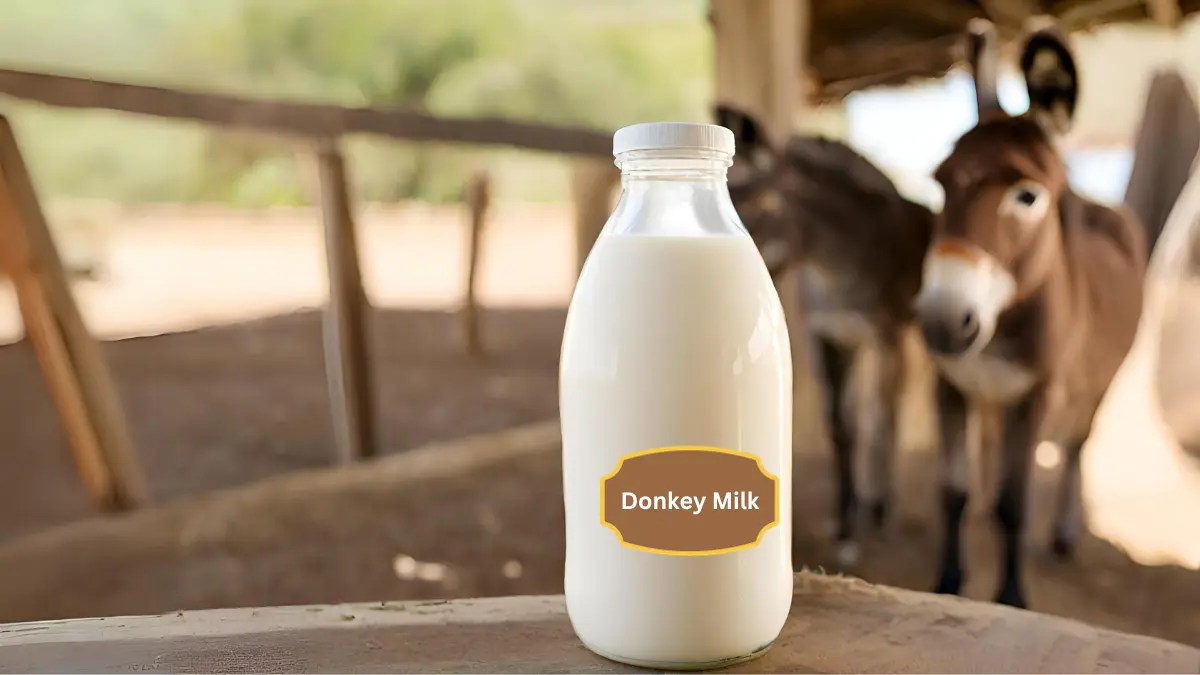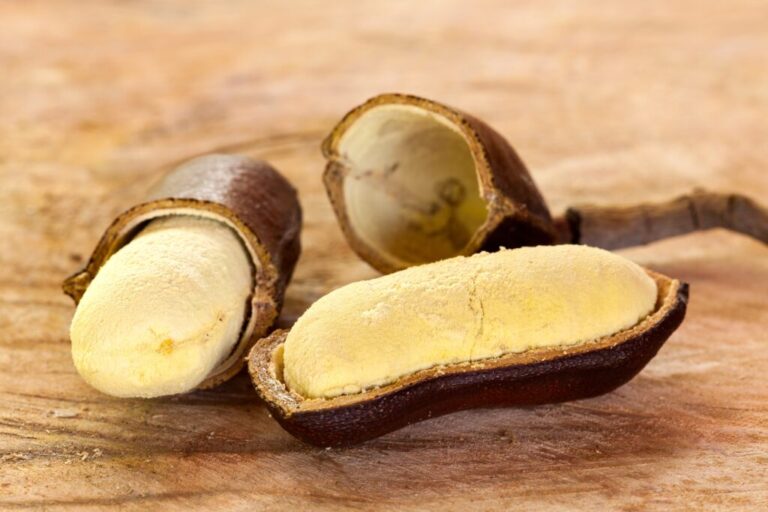Top 10 Most Expensive Milk in the World
In recent years, the world of dairy has undergone a significant transformation. While cow’s milk has long been a dietary staple, consumers are increasingly seeking alternatives for various reasons, including health concerns, environmental considerations, and a desire for unique flavors. This shift has given rise to a fascinating array of milk options, some of which come with a hefty price tag. In this article, we’ll explore the top 10 most expensive milk types in the world, delving into their unique characteristics, health benefits, and what makes them so valuable.
Donkey Milk
At the pinnacle of our list of most expensive milk options is donkey milk. This rare and prized liquid can fetch an astonishing $60 to $130 per liter, making it a true luxury in the world of dairy.
Key benefits of donkey milk include:
- Similarity to human breast milk, reducing the likelihood of allergies
- High lactic acid content, beneficial for treating gastric issues
- Rich in trace elements compared to cow’s or goat’s milk
- Historically used in cosmetics for its moisturizing properties
Donkey milk’s scarcity is due to the low production volume, with each donkey producing only about 1 liter per day. This limited supply, coupled with growing interest in its health benefits, contributes to its premium price point.
Nakazawa Milk
Next on our list of most expensive milk types is Nakazawa milk, a super-premium cow’s milk from Japan. Priced at over $40 per liter, it’s roughly 30 times more expensive than regular cow’s milk.
What makes Nakazawa milk special:
- Cows are milked only once a week at dawn
- Milk is bottled within 6 hours of milking to preserve nutrients
- Contains 3 to 4 times more melatonin than regular cow’s milk
This luxury milk is marketed towards stressed adults, with its high melatonin content purported to help reduce anxiety and control stress.
Camel’s Milk

Camel’s milk has been gaining popularity as a healthy alternative to cow’s milk. In Australia, it costs approximately $10 USD per quarter gallon, making it one of the most expensive milk options available.
Benefits of camel’s milk:
- Suitable for people with lactose intolerance and cow’s milk allergies
- May help lower blood sugar levels
- Boosts the immune system
- Tastes similar to cow’s milk, making it versatile in use
Traditionally consumed by nomadic people, camel’s milk is now finding its way into mainstream markets due to its unique health properties and versatility.
Buffalo Milk
Buffalo milk, widely consumed in South Asia and China, is known for its rich, creamy texture. In the US, fresh buffalo milk can cost up to $30 per liter, earning its place among the most expensive milk types.
Key features of buffalo milk:
- Lower cholesterol content than cow’s milk
- Rich in calcium, supporting bone and teeth health
- May support cardiovascular health
- Beneficial for weight management diets
The high cost of buffalo milk is due to the lower milk production of water buffalos compared to cows, despite their larger size and higher feed requirements.
Goat’s Milk

Goat’s milk, while more common than some of the most expensive milk types on this list, still commands a premium price. It can cost up to five times more than cow’s milk, ranging from $5 to $20 per gallon.
Characteristics of goat’s milk:
- Distinctive sharp taste
- Slightly more protein, cholesterol, and fat than cow’s milk
- Higher in calcium, potassium, and vitamin A
- Lower in lactose, making it easier to digest for some people
Despite its unique flavor profile, goat’s milk offers similar nutritional benefits to cow’s milk, making it a popular alternative for those seeking a different taste experience.
Oat Milk
While not as expensive as some animal-based options, oat milk has gained popularity as a premium plant-based alternative. Priced at $8-$12 per gallon, it’s more costly than traditional cow’s milk.
Benefits of oat milk:
- Light, sweet taste with a slightly nutty flavor
- Creamy texture, perfect for coffee drinks
- Contains more fiber than other plant-based milks
- May help reduce cholesterol levels
Oat milk’s rising popularity is due to its pleasant taste, versatility, and suitability for those with nut allergies who can’t consume almond milk.
Organic Whole Milk
Organic whole milk, while not among the most expensive milk types, still commands a premium over regular cow’s milk. At around $4.40 per gallon, it’s a step up in price for those seeking a more ethically produced option.
Advantages of organic whole milk:
- Less likely to contain pesticides, antibiotics, and hormones
- Longer shelf life due to higher pasteurization temperatures
- Retains high levels of omega-3 fatty acids
- Comes from pasture-grazed animals with high welfare standards
The slightly higher price of organic milk reflects the additional costs associated with organic farming practices and animal welfare standards.
Coconut Milk
Coconut milk, priced at around $6 per gallon, offers a unique flavor profile and numerous health benefits, making it a popular choice among plant-based milk alternatives.
Key features of coconut milk:
- Lactose-free and suitable for vegans and vegetarians
- High in medium-chain fatty acids (MCFAs)
- Possesses antimicrobial, anti-fungal, and anti-inflammatory properties
- Ideal for creating creamy textures in various dishes
While not among the most expensive milk options, coconut milk’s unique properties and versatility make it a valued alternative in many kitchens.
Almond Milk
Almond milk has become one of the most popular plant-based milk alternatives, with the US market exceeding $1 billion annually. Priced at around $6 per gallon, it’s more expensive than cow’s milk but more affordable than some of the most expensive milk types on our list.
Benefits of almond milk:
- Lower in calories than cow’s milk
- Lactose-free and suitable for vegans
- Contains no saturated fat but is high in omega-3, B-vitamins, and iron
- Doesn’t require refrigeration before opening
Despite its popularity, almond milk has faced criticism due to its environmental impact, particularly concerning water usage in almond production.
Soy Milk
Rounding out our list is soy milk, one of the more affordable alternatives at $2-$3 per gallon. While not among the most expensive milk types, soy milk offers unique benefits that have contributed to its widespread adoption.
Advantages of soy milk:
- High in plant-based protein
- Rich in omega-3 fatty acids, vitamins, and minerals
- Good source of potassium
- Contains phytoestrogens, which may help ease menopause symptoms
Soy milk’s versatility and nutritional profile have made it a popular choice for those seeking a dairy-free alternative.
Conclusion
As we’ve explored the top 10 most expensive milk types in the world, it’s clear that the dairy market is evolving to meet diverse consumer needs. From the ultra-premium donkey milk at over $100 per liter to more affordable plant-based options like soy and almond milk, there’s a wide range of choices available for every preference and budget.
The growing interest in these alternative milk options reflects changing consumer priorities, including:
- Health consciousness and dietary restrictions
- Ethical and environmental concerns
- Desire for unique flavors and experiences
- Willingness to pay premium prices for perceived benefits
As research continues and production methods improve, we may see shifts in the availability and pricing of these most expensive milk types. Some may become more accessible, while new luxury options could emerge. Whatever the future holds, it’s clear that the world of milk has expanded far beyond the traditional cow’s milk that has dominated for centuries.
When choosing among these milk alternatives, consider factors such as nutritional value, taste preferences, environmental impact, and of course, your budget. Whether you’re looking to splurge on a bottle of rare donkey milk or simply want to try a new plant-based option, the diverse world of milk alternatives has something for everyone.
The next time you’re in the market for milk, remember that there’s a whole world of options beyond the standard dairy aisle. From the most expensive milk types to more affordable alternatives, each offers its own unique benefits and flavor profile. So why not expand your horizons and give one of these interesting options a try? You might just discover a new favorite to add to your daily routine.






